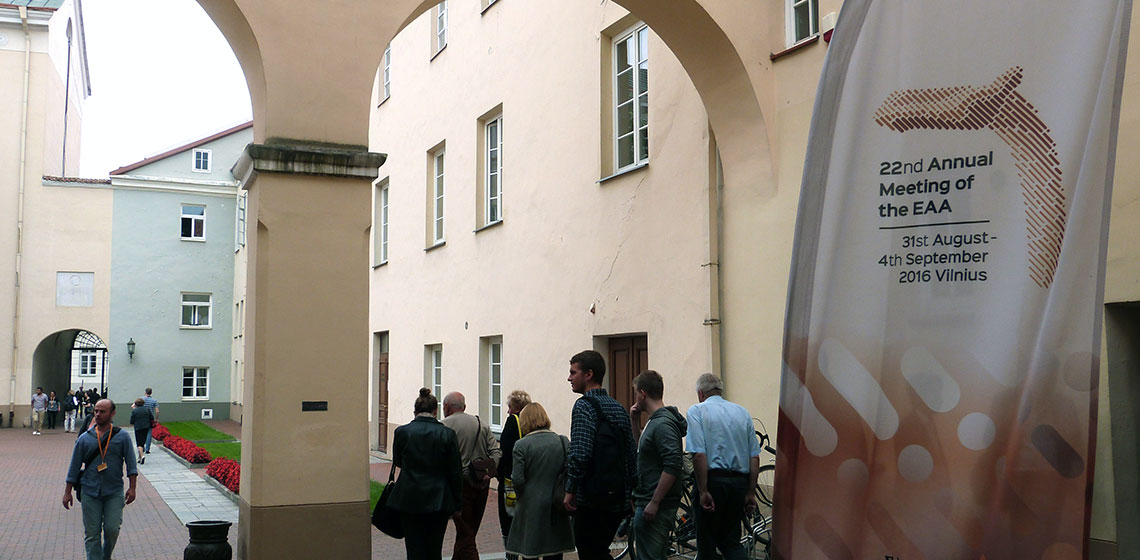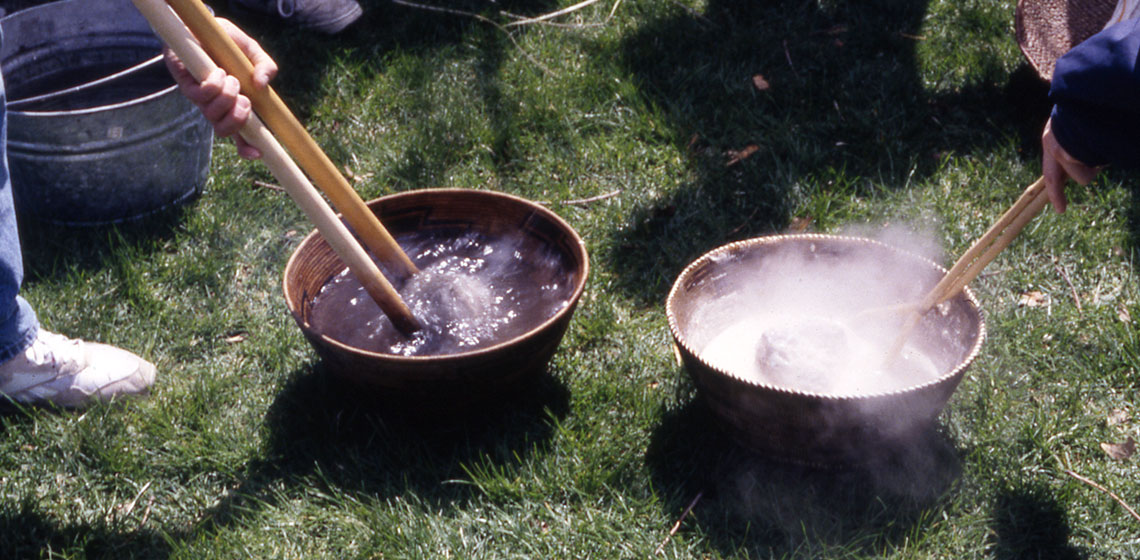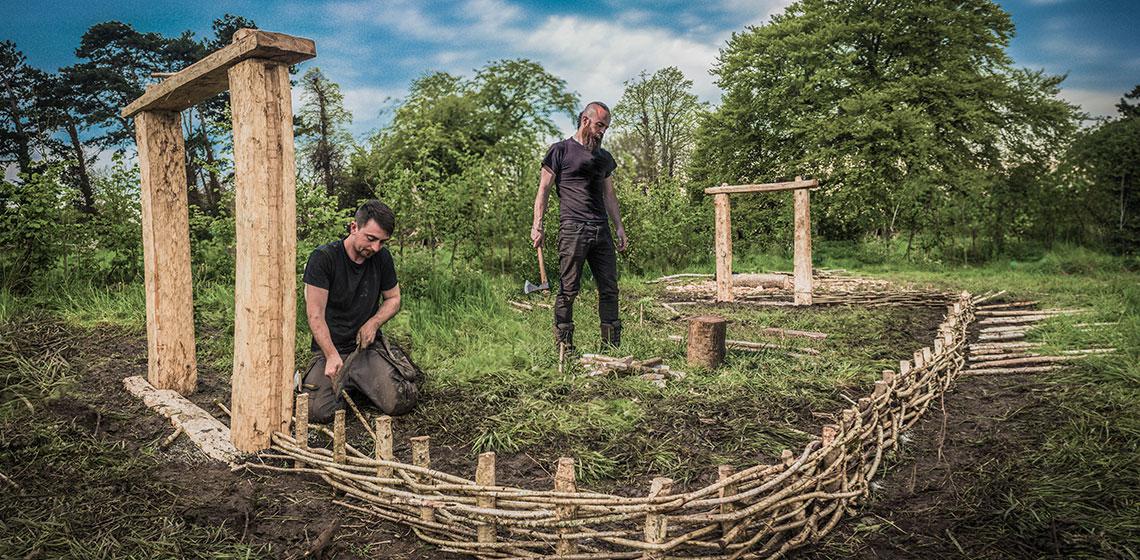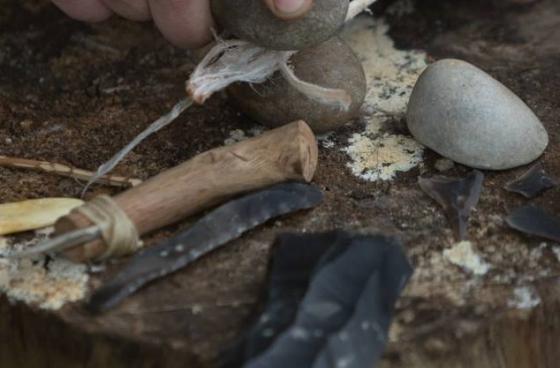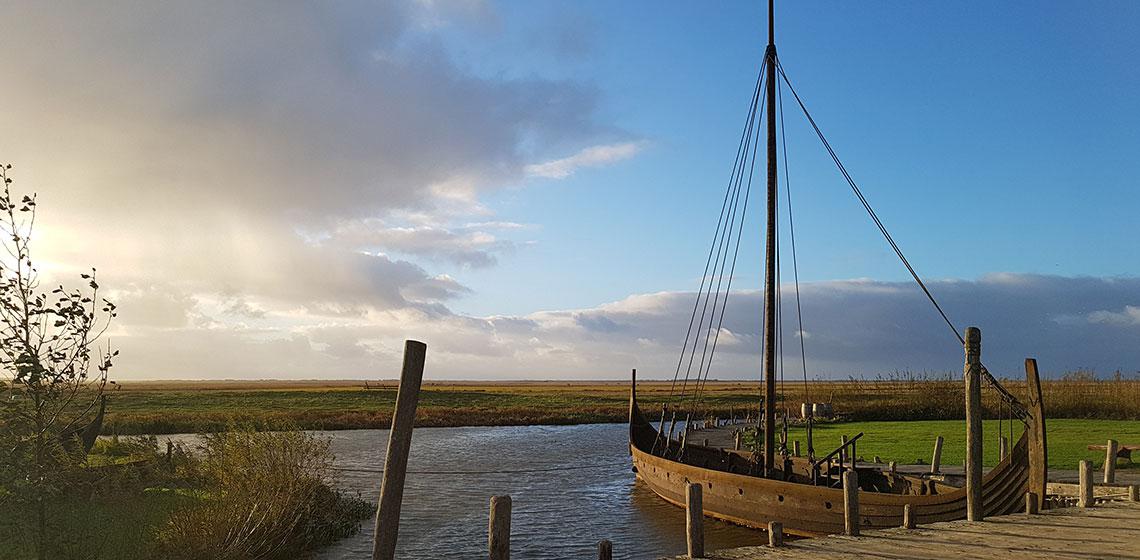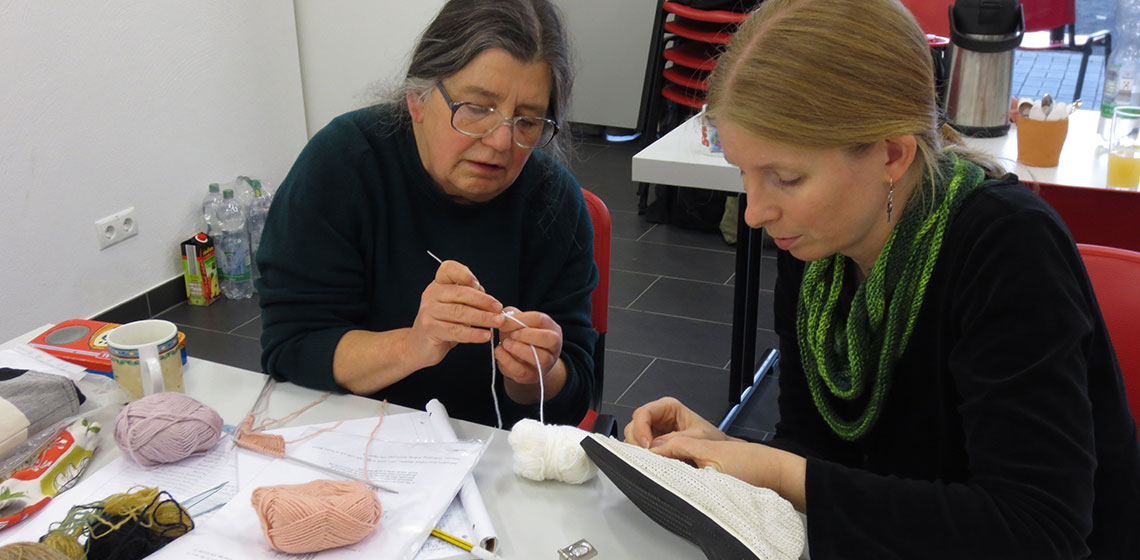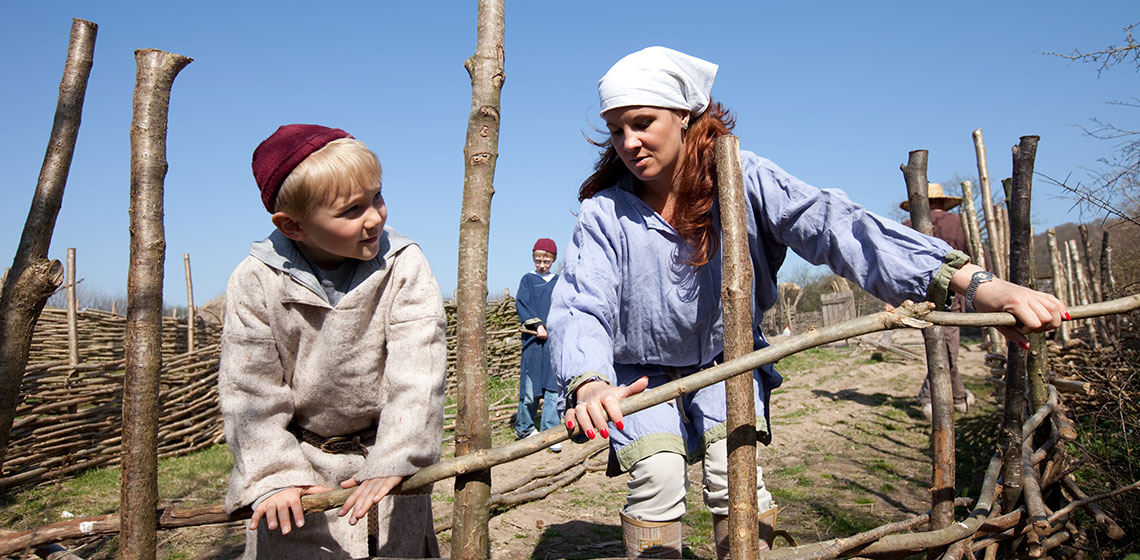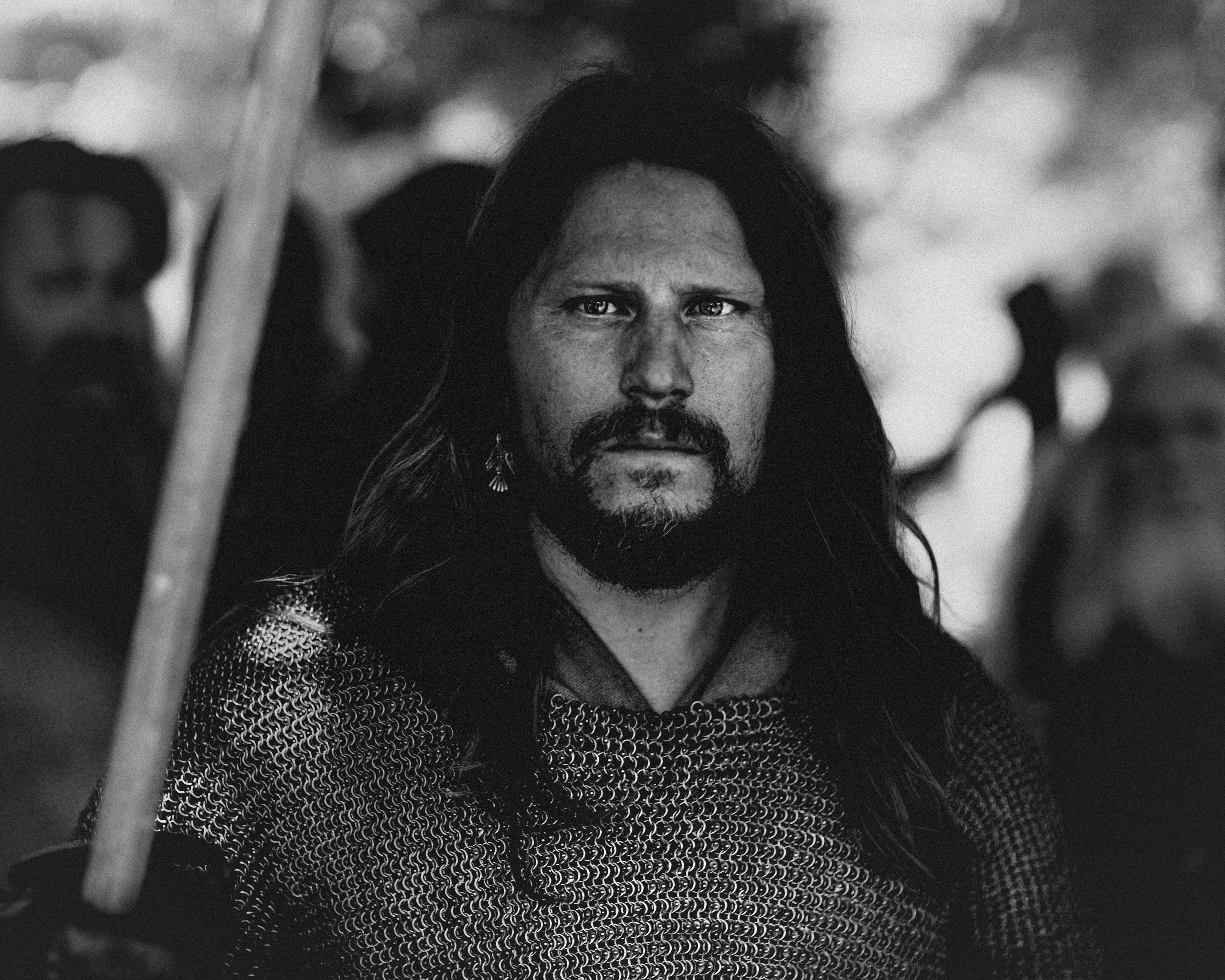Viking Age
Cooking in Baskets Using Hot Rocks
UCD Centre for Experimental Archaeology and Material Culture (IE)
The Centre for Experimental Archaeology and Material Culture (CEAMC) at University College Dublin, Ireland, established since 2012, is one of the only specifically designed and dedicated, on-campus university facilities in the world for experimental archaeology and material culture studies. It supports research projects, innovative teaching, and public outreach activities, so as to enable the creation of a better understanding of the nature and role of crafts, technologies and materiality in people’s lives in the past.
History@Work Weekend
Saturday & Sunday 10am - 4pm
Prices: Adults £5.00, Children £2.50, Under 4's free - Tickets available on the gate on the day.
Bork Vikingehavn (DK)
"The Viking ships are gently rocking in the harbour. In the longhouse, the housewife sews new clothes, and sparks fly around the blacksmith, who makes new nails at the fire. Work is being done on the new Viking harbour next to the small wooden church where candlelight flickers under a victorious Christ. At the sacrificial grove offerings are made to the Æsir Gods ...”
Outside you can often see talented Vikings who work at the Viking houses, and you can try your hand at the training tools at the Viking playground. In the sacrificial grove you can sacrifice to the Nordic gods, and in the Viking hall the children can dress up as Vikings. Every day, a Viking story teller is ready to take you on the free public tour, which gives an exciting insight into the Viking Age and the history of Bork Viking Harbour. Bring your family along and let us give you a 1000-year-old experience you will forget late.
Conference Review: European Textile Forum 2015
Glow of iron
The International Iron Working Festival – Iron Smelting Days 2016 will occur in Stara Fužina, the village near the Lake Bohinj. The owner of the castle was the Zois family that had the whole iron facilities in Bohinj and other places from the years 1740 – 1869. The program of Iron Working Festival will show practical smelting the bloom to billet or bar, using domestic ore, charcoal and clay.
Playing with the Past? Or Saving Our Future?
Jaap Hogendoorn
Jaap Hogendoorn, Springlevend Verleden (Alive and kicking past)
Organiser, producer, storyteller, craftsman, builder, fighter.

